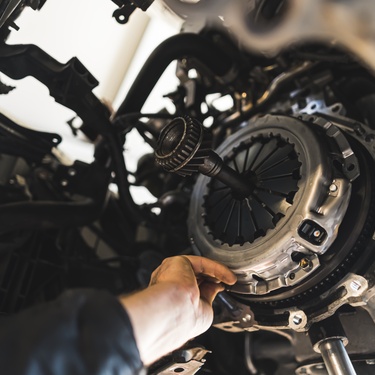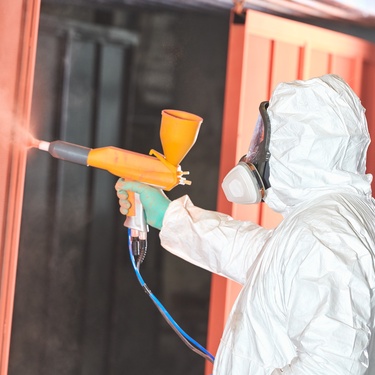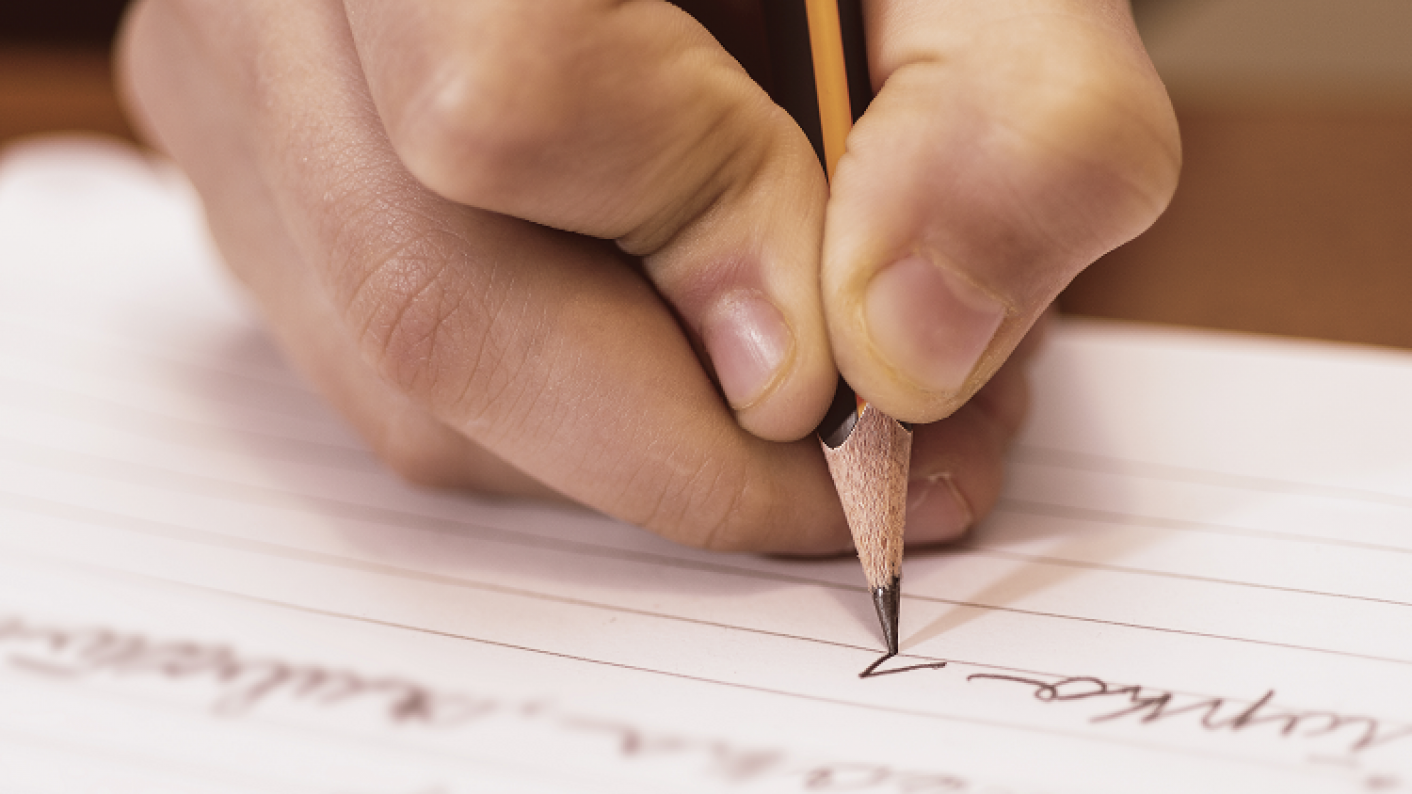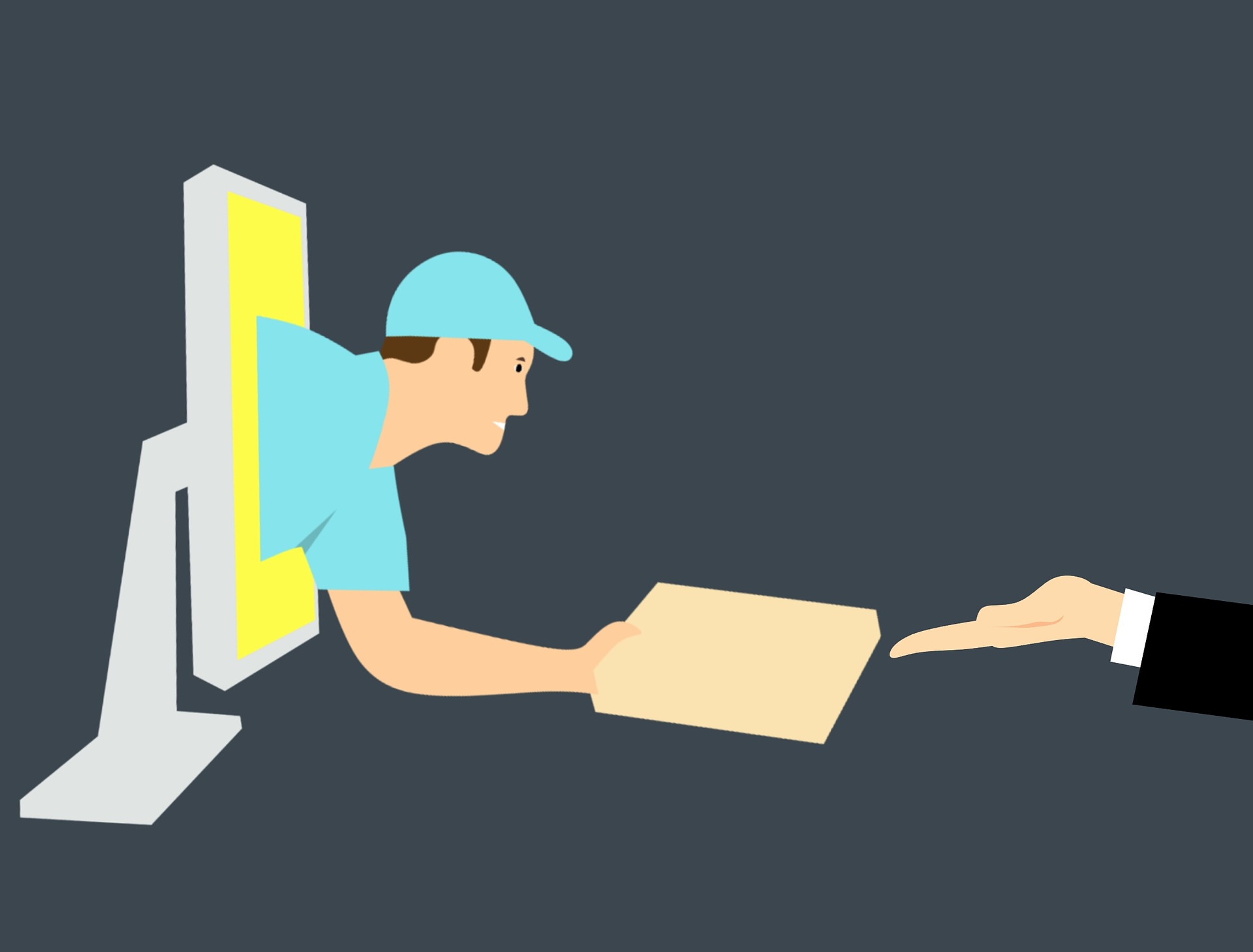
If you drive a manual transmission vehicle, you know the clutch is essential for shifting gears. It’s the critical link between your engine and your wheels. But certain driving habits can wear it out much faster than necessary, leading to costly repairs.
We’re walking you through the quickest ways to wear out your clutch, ensuring you keep yours in good, working condition long-term.
Common Causes of Clutch Wear
Your driving style affects your clutch and how long it lasts. Frequent stop-and-go city traffic puts more strain on the clutch than smooth highway driving because it requires constant shifting. But no matter where you drive, avoiding a few specific habits can make a huge difference.
Riding the Clutch
One of the fastest ways to wear out your clutch is by riding it. This happens when you keep your foot resting on the clutch pedal while driving, causing it to be partially engaged. This habit creates constant friction between the clutch disc and the flywheel, generating excessive heat and wearing down the components prematurely. Your foot should only be on the clutch when you are actively shifting gears.
Aggressive Shifting
Shifting gears too quickly or forcefully can cause significant damage. Slamming the shifter into gear puts immense stress on the clutch disc, pressure plate, and synchronizers. Over time, this aggressive action can lead to grinding gears, a stiff pedal, and eventually, clutch failure. Smooth, deliberate shifts are vital to a long-lasting transmission.
High-RPM Launches
Frequently launching your vehicle from a standstill at high RPMs puts extreme stress on the clutch. This action forces the clutch to slip excessively as it tries to connect the fast-spinning engine to the stationary transmission. The intense heat and friction generated can glaze the clutch disc and warp the flywheel, which leads to a loss of gripping power.
Towing Beyond Capacity
Every vehicle has a maximum towing capacity for a reason. Exceeding this limit overloads your engine and drivetrain, especially the clutch. When you tow a load that is too heavy, the clutch must work much harder to get the vehicle moving and climb hills. This extra strain leads to overheating and accelerated wear.
How To Extend Your Clutch’s Life
Preserving your clutch is straightforward if you focus on developing good driving habits. By making a few simple adjustments, you can save yourself a significant amount of money on repairs.
- Be Decisive With the Pedal: Only press the clutch when you need to shift. When you’re done, take your foot completely off the pedal.
- Shift Smoothly: Practice smooth and deliberate gear changes. Don’t rush or force the shifter.
- Use the Right Gear: Avoid lugging the engine in a high gear at low speeds. Downshift to the appropriate gear to reduce strain.
- Use the Handbrake on Hills: Instead of holding the car in place with the clutch, use your handbrake to prevent rolling back when starting on an incline.
Your clutch is a durable component, but it isn’t indestructible. Habits like riding the clutch, aggressive shifting, and overloading your vehicle can drastically shorten its lifespan. By understanding the quickest ways to wear out your clutch and actively practicing good driving techniques, you will ensure your clutch performs reliably for years and avoid expensive trips to the mechanic.
Bio: Casey is a passionate copyeditor highly motivated to provide compelling SEO content in the digital marketing space. Her expertise includes a vast range of industries from highly technical, consumer, and lifestyle-based, with an emphasis on attention to detail and readability.




















